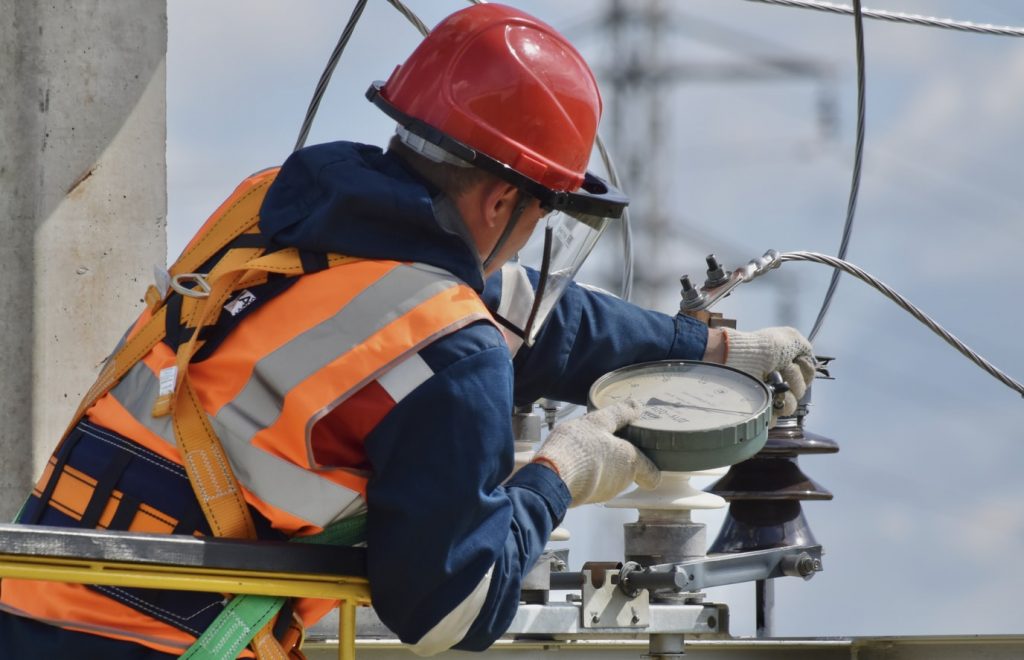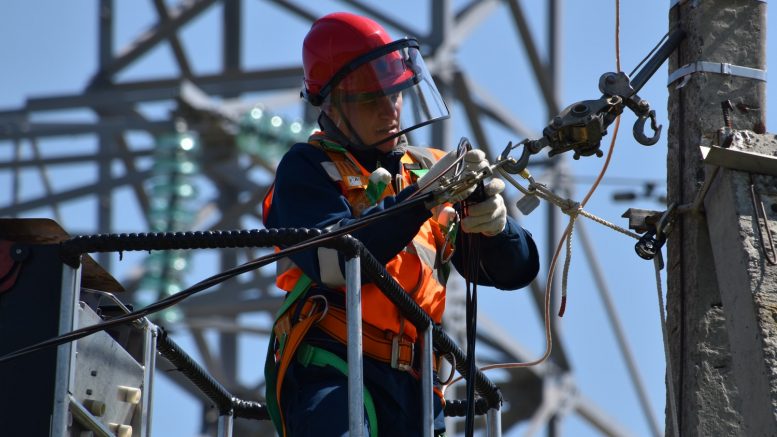More so than any other household chore, repairing electrical equipment is all about safety. When an outlet is installed correctly, it is as safe as it can be. When it is installed incorrectly, it can be lethal. This is why there are so many regulations governing electrical wiring and installations. The rules can be intricate and often complex, even for professional electricians, but there are fundamental concepts and practices that apply to practically every electrical wiring project, particularly those that DIYers are competent to tackle.

Power Test
The most effective technique to avoid electrical shock is to ALWAYS test wires and equipment for power before operating on or near them. Simply turning off the electricity is insufficient.
Furthermore, mislabeled circuit breaker boxes are fairly unusual, especially if the electrical supply has been extended or changed over time. The label on the circuit breaker may not adequately reflect what the circuit breaker regulates.
Before operating on any circuit wires, always check for power.
Check Amp Ratings
Every piece of electrical wiring and gadget has an amp, or ampere, rating. This is the max electrical current that they can safely handle. Most normal household connections are rated for 15 or 20 amps, although large-appliance circuits (such as those for electric dryers and stoves) might be rated for 30, 40, 50, or even more amps.
When installing or repairing wire or devices, make sure that all of the components you utilize have the correct ampere rating for the circuit. A 20-amp circuit, for instance, requires 12-gauge wiring that is rated for 20 amps. Installing 14-gauge, 15-amp wiring on that circuit creates a fire hazard because the 20-amp circuit breaker safeguarding that circuit may not trip before the 15-amp wiring malfunctions.
Connect the Wires Tightly
Conductors, such as electrical wires and the metallic connections of outlets and sockets carry electricity. Tight linkages between conductors provide for seamless transitions from one electrode to the next. Loose, links on the other hand, act like speed bumps, impeding flow and generating frictional heat. Very loose links can cause arcing, which occurs when electricity jumps through the air from one electrode to another, generating a significant amount of heat.
Make sure all wiring interconnections are tight and have complete contact of the wires being joined to avoid fire dangers. Always use certified wire connectors when patching wires together (“wire nuts”).
Push-fit wire connector spaces on the rear of outlet sockets and switches are common, in addition to the typical screw-terminal interconnections on the sides of the device. Because these push-fit connections are prone to loosening or failing, skilled electricians nearly universally avoid them in favor of constructing very secure and tight screw terminal interconnections.

Respect Polarization and Grounding
Polarization and grounding are critical for advanced electrical system safety. Grounding creates a reliable path for stray electrical electricity created by a circuit fault or other issues. Polarization guarantees that current flows from the source along “hot” cables and reverses to the origin along neutral wires.
When changing a fixture, always follow the manufacturer’s wiring schematics and fully comprehend and use your home’s grounding system to guarantee proper grounding and polarization.

Be the first to comment on "Things to Keep in Mind When Handling Electric Repairs"